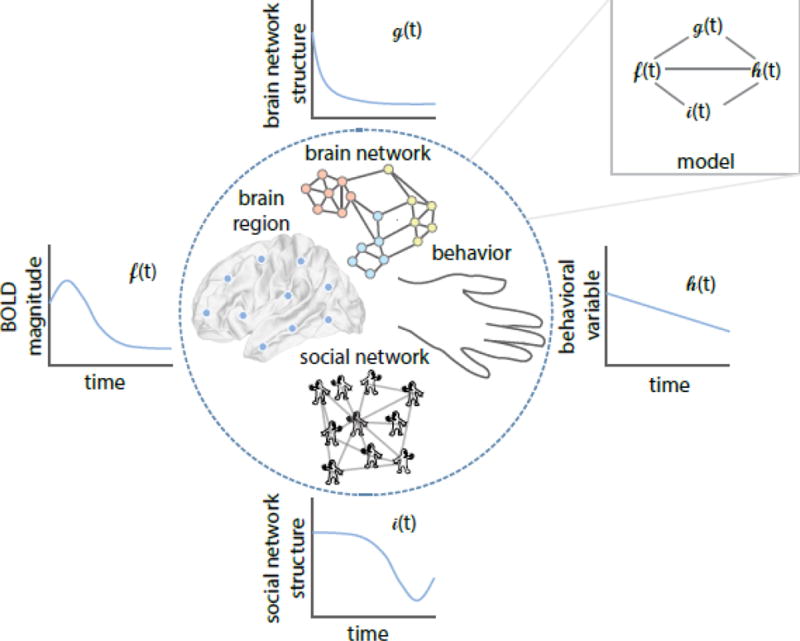Figure 3. Mathematical models of the multiscale mechanisms of idea and behavior spread.

Building an integrated theory of how ideas and behaviors spread from person-to-person could benefit from models that explicitly bridge network models of brain structure and function, mathematical models of human behavior, and quantitative statistics summarizing social network structure and function, as well as interactions between each of these levels of analysis. In this conceptual schematic, we illustrate the idea that time-varying changes in regional activation, brain network architecture, behavioral measures, and social network resources can be linked mathematically in a formal modeling framework. As detailed in Box 3, it is possible to bridge reinforcement learning with network science such that an actor’s choices are modeled in terms of their own behavior and neurophysiology, but also with terms that account for the actions of social referents surrounding the actor, as well as the brain and social network structures of the individuals in the network. Adapted with permission from Bassett & Mattar, TICS (2017).
